nventional milling speed r
2021-10-09T02:10:03+00:00
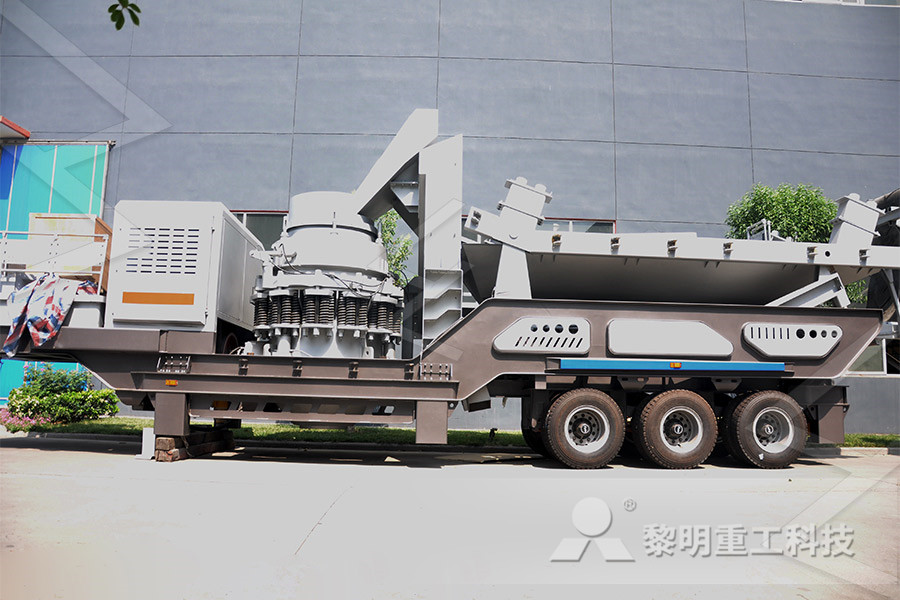
Climb Milling vs Conventional Milling In The Loupe
05/05/2017 In Conventional Milling, the cutter rotates against the direction of the feed During Climb Milling, the cutter rotates with the feed Conventional Milling is the traditional approach when cutting because the backlash, or the play between the lead screw and the nut in the machine table, is eliminated (Figure 1) Recently, however, Climb Milling has been recognized Highspeed milling is fun to watch When seeing a machine travel this fast (500 inches per minute or faster), it’s easy to become enamored with, and overuse, the approachRough Milling: Speed vs Power MoldMaking TechnologyCONVENTIONAL MILLING Conventional milling requires lower forces and is preferred for roughing cuts The cutter is revolving in the opposite direction as the table feed and the workpiece is fed into the rotation of the cutter The width of the chip increases to a maximum at the end of the cut, advancing tool wear Characteristics of Conventional Milling:CLIMB CONVENTIONAL MILLING
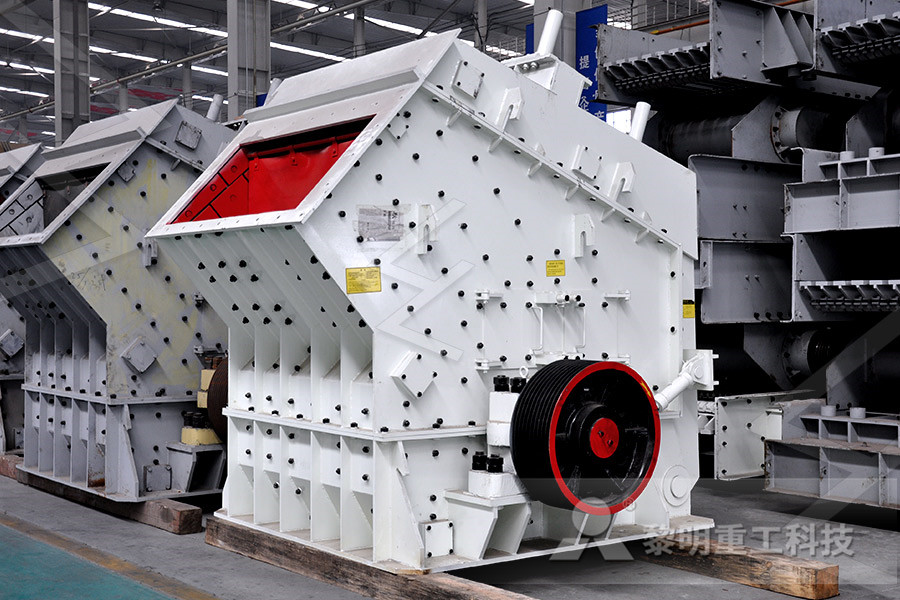
Climb Milling vs Conventional Milling: Which One Should
So, there are two common phenomena in milling: climb milling and conventional milling The cutting edge of the milling cutter is subjected to an impact load on each cut To complete successfully in milling, it is important to consider the correct contact between the cutting edge and the material in a single cut as well as the cutting edge when cutting outconventional milling, the cutter rotates against the direction of the feed while during climb milling, the cutter rotates with the feed Conventional milling is the traditional approach when cutting because the backlash (Figure 1), the play between the lead screw and the nut in the machine table, is eliminated Recently, climb milling has been recognized as the preferred CONVENTIONAL MILLING VS CLIMB MILLING03/01/2021 When you do the upmilling or conventional milling, the cutting forces tend to lift the workpiece and the table on which your workpiece is mounted; upmilling is favorable to the cutter since the starting load on the cutter teeth is at the minimum, however, it results in bad surface finish You generally use the upmilling process for rough milling and on machines What is Milling? Climb vs Conventional Milling Process
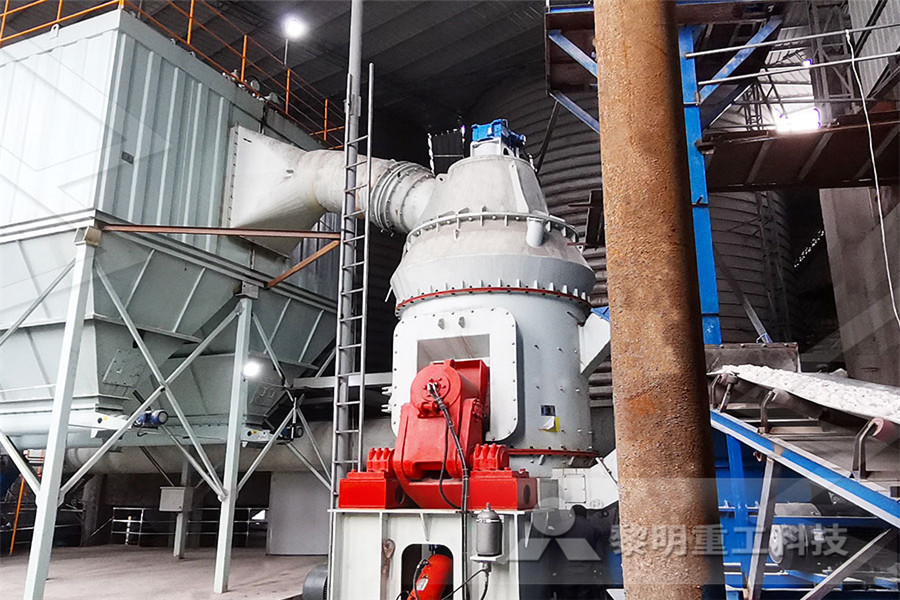
CONVENTIONAL MACHINING PROCESSES AND MACHINE TOOLS
The cutting speed in drilling is the surface speed of twist drill 1000 DN V 3 V=cutting speed (surface), m/min D=diameter of twist drill, mm N=rotational speed of drill, rev/min The drill will have to approach the start of hole from a distance and traverse beyond the actual hole by a distance termed as the total approach allowance A The initial approach is a small valueClimb Milling = Down Milling Conventional Milling = Up Miling Climb milling is when the direction of cut and rotation of the cutter combine to try to “suck” the mill up over (hence it’s called “climb” milling) or away from the work It Climb Milling versus Conventional Milling [ Sneaky Climb Milling vs Conventional Milling Feeds and Speeds Cookbook Climb vs Conventional Milling While many 'ers have gotten in the habit of always specifying climb milling, there are times to climb mill and there are times where conventional milling is preferred Before we get into when to use each, let's have a quick definition of the differences Climb Climb Milling vs Conventional Milling
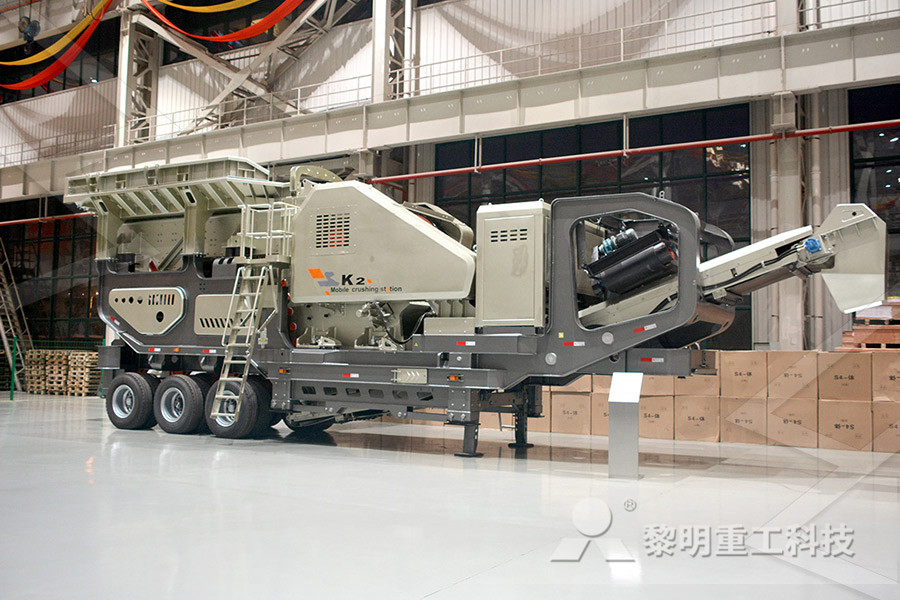
CLIMB CONVENTIONAL MILLING Conical Tool Company
CLIMB CONVENTIONAL MILLING There are drastic differences between climb milling and conventional milling which produce dramatically different results Understanding the differences is key to extending tool life, promoting quality and optimizing machine time utilization Desired speed, finish, material, chip clearing, shear direction, and end mill construction are just a few 01/02/2016 These tool paths are vastly underutilized for more conventional rough milling strategies The same control of radial engagement that allows us to execute a highspeed approach gives us the opportunity to be more aggressive in the more conventional power approach It’s not uncommon for cutting parameters to be nearly double what they were just Rough Milling: Speed vs Power MoldMaking TechnologySpeeds for Milling Cutters Smithy Detroit Machine Tools If the operator finds that the machine the milling cutter or the workpiece cannot be handled suitably at these speeds immediate readjustments should be made Table 8 1 lists speeds for high speed steel milling cutters If carbon steel cutters are used the speed should be about one half the recommended speed in speeds conventional mills
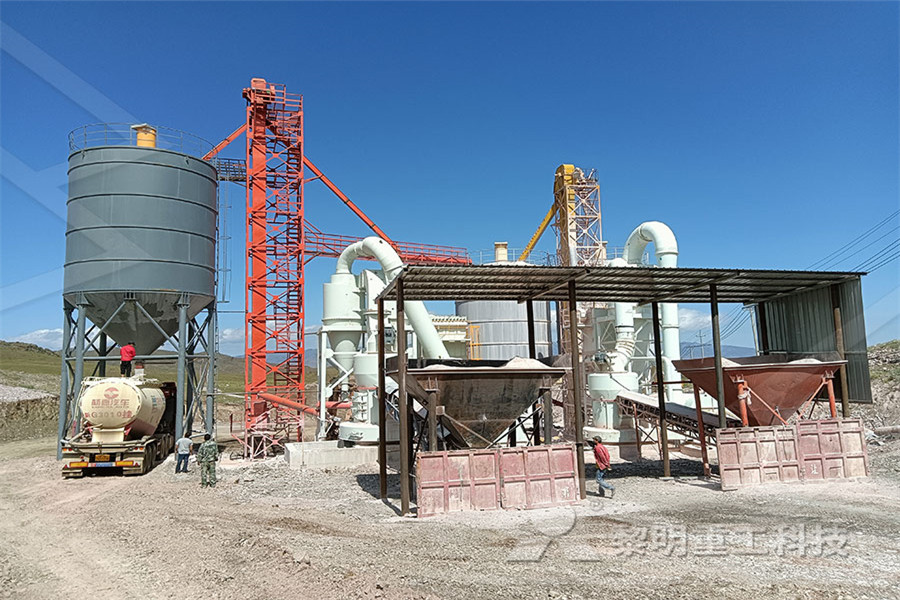
Trochoidal Milling Feeds and Speeds Cookbook: Be A
Here is one all set up: Feeds and Speeds for a Trochoidal Milling operation to cut a slot First, you set up the machine, material and tool We’re cutting some mild steel with a 1/2″ 4 flute carbide endmill Next, you need to tell it the cutting conditions We’re doing a 1/2″ deep slot, so I went with a full 1/2″ of cut depth01/10/2020 Now, highspeed turning can be performed through the enclosed cutting area The chips fly at high speed and then spray coolant at high pressure during processing When the speed reaches 10000 rpm or higher, manual operation cannot be performed Since the cutting speed is very fast, the chip width and feed rate must be kept stable to avoid Difference Advantages of VS Conventional SANS01/03/2000 Highspeed milling generates higher temperatures than conventional milling Typically, casing and other workpiece suppliers coat the surface of the workpiece with a rust preventive oil During cutting, the oil carries away a lot of the heat, drastically reducing the temperature of the cutting edge This drastic fluctuation in temperature can cause premature HighSpeed Milling Guidelines for Hardened Tool Steels
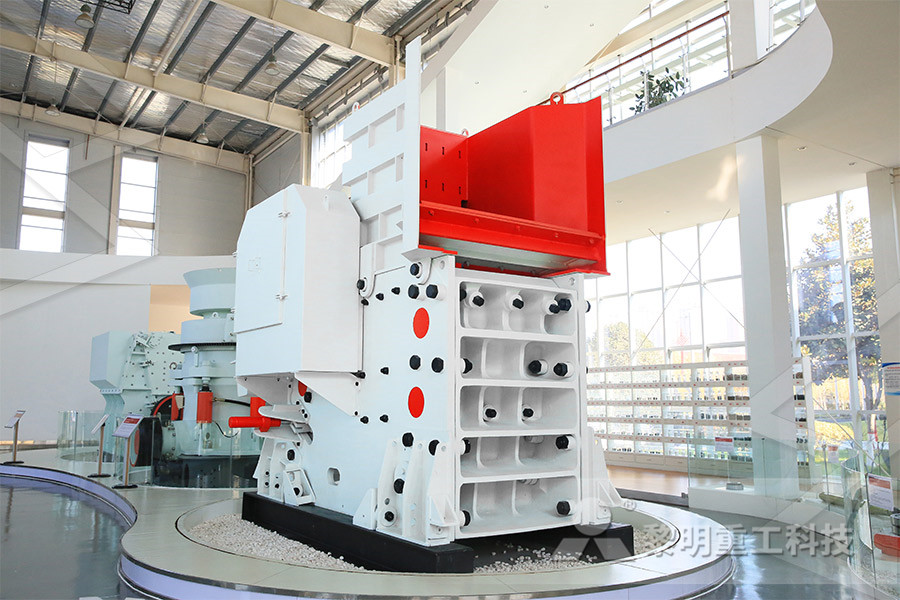
Intro to Trochoidal Milling In The Loupe
28/06/2017 Trochoidal milling is a High Efficiency Milling technique (high speed, high ADOC, low RDOC) characterized by a circular, or trochoidal, tool path This milling style is proven to offer significant machining process benefits, such as increasing tool life, reducing machining times, and fewer tools required for a job However, it is critical to have a machine and software HighSpeed Trochoidal Milling As an innovator for more than 80 years, the WIDIA Products Group has been designing and manufacturing metalcutting products that make customer machining processes more effi cient and effective With thousands of products in our portfolio, the WIDIA Products Group offers competitive advantages that will enhance your productivity and HighSpeed Trochoidal Millingspeeds conventional mills; Face milling Coromant Face milling is the most common milling operation, and can be performed using a wide range of different tools Cutters with a 45º entering angle are most frequently used, but round insert cutters, square shoulder cutters, and side and face mills are also used for certain conditions Be sure to choose the right cutter for the speeds conventional mills aquafeupoelefr
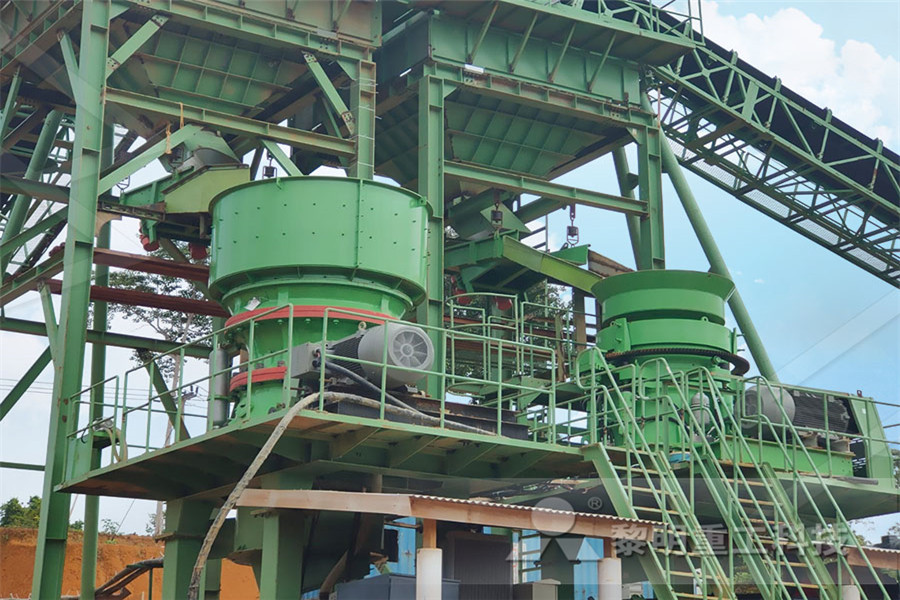
Climb Milling vs Conventional Milling
Climb Milling vs Conventional Milling Feeds and Speeds Cookbook Climb vs Conventional Milling While many 'ers have gotten in the habit of always specifying climb milling, there are times to climb mill and there are times where conventional milling is preferred Before we get into when to use each, let's have a quick definition of the differences Climb The stability charts of highspeed milling are constructed Nonconventional unstable regions and vibration frequencies are identified These are related to flip bifurcation, ie period doubling Comparison between conventional and high speed milling Here is one all set up: Feeds and Speeds for a Trochoidal Milling operation to cut a slot First, you set up the machine, material and tool We’re cutting some mild steel with a 1/2″ 4 flute carbide endmill Next, you need to tell it the cutting conditions We’re doing a 1/2″ deep slot, so I went with a full 1/2″ of cut depthTrochoidal Milling Feeds and Speeds Cookbook: Be A
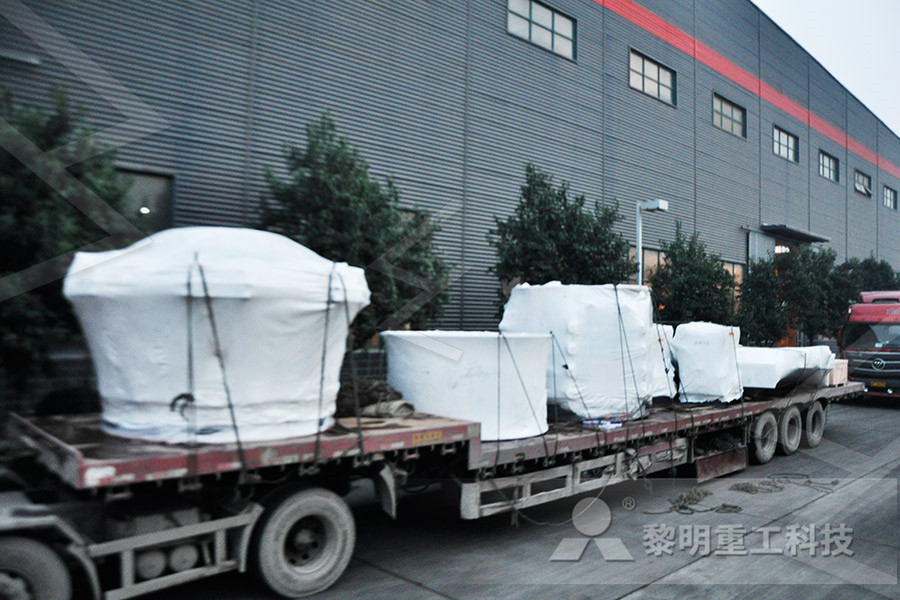
Difference Advantages of VS Conventional SANS
01/10/2020 Now, highspeed turning can be performed through the enclosed cutting area The chips fly at high speed and then spray coolant at high pressure during processing When the speed reaches 10000 rpm or higher, manual operation cannot be performed Since the cutting speed is very fast, the chip width and feed rate must be kept stable to avoid For milling, coated carbide inserts were used and once again a shorter tool life in comparison to milling conventional metals was observed Increase of feed rate leads to increase in surface roughness, however, very small feed rate presents high surface roughness By correlation, increase in the flank wear of the tool increases surface roughness Furthermore, high ductility Conventional Machining an overview ScienceDirect Topics“ Conventional milling and turning are typically used to produce specific components that do not require machining, or when is not the most efficient method With our high degree of technical skill and many years of experience our team are ready to support your needs “ A Selection Of Our Conventional Milling Turning Machines BRIDGEPORT SERIES 1 BRJ Conventional milling turning NTG Precision Engineering
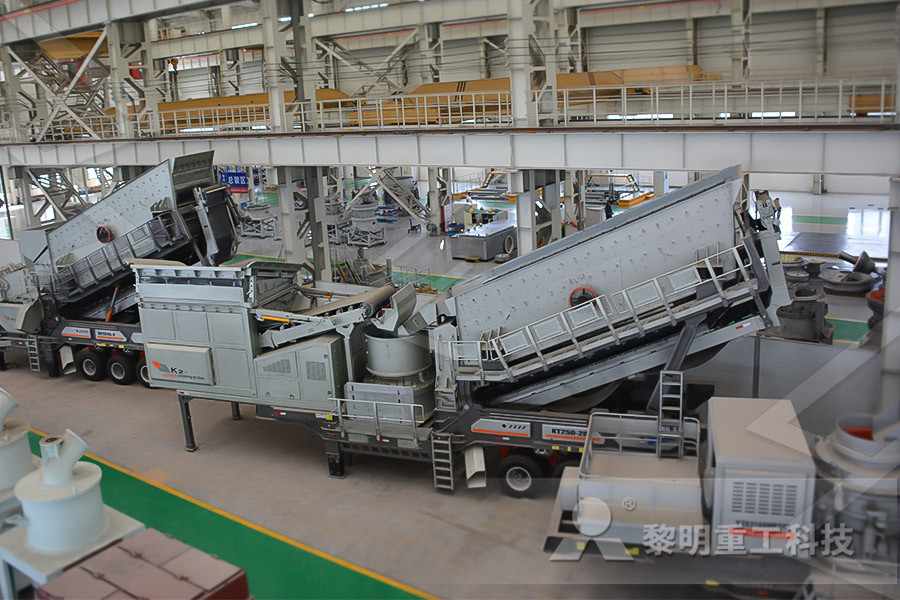
Intro to Trochoidal Milling In The Loupe
28/06/2017 Trochoidal milling is a High Efficiency Milling technique (high speed, high ADOC, low RDOC) characterized by a circular, or trochoidal, tool path This milling style is proven to offer significant machining process benefits, such as increasing tool life, reducing machining times, and fewer tools required for a job However, it is critical to have a machine and software 26/03/2008 Climp vs conventional cutting: speed, feed, finish, life I was talking with Exkenna tonight and thought I would post up to get some more thoughts out there on the comparison in different materials We are always looking for ways to increase tool life, improve finish, or just go faster 03252008, 02:59 AM #2 706jim View Profile View Forum Posts Stainless Join Date Climp vs conventional cutting: speed, feed, finish, life03/12/2020 That is, compared with conventional milling, highspeed machining efficiency can be much higher The machinability of aluminum makes it possible to increase the spindle speed to 18,000 rpm or higher Such a high material removal rate makes aluminum machining services using aluminum’s HSM strategy a very favorable product for the automotive and aerospace High Speed Machining For Aluminum Milling Parts SANS








